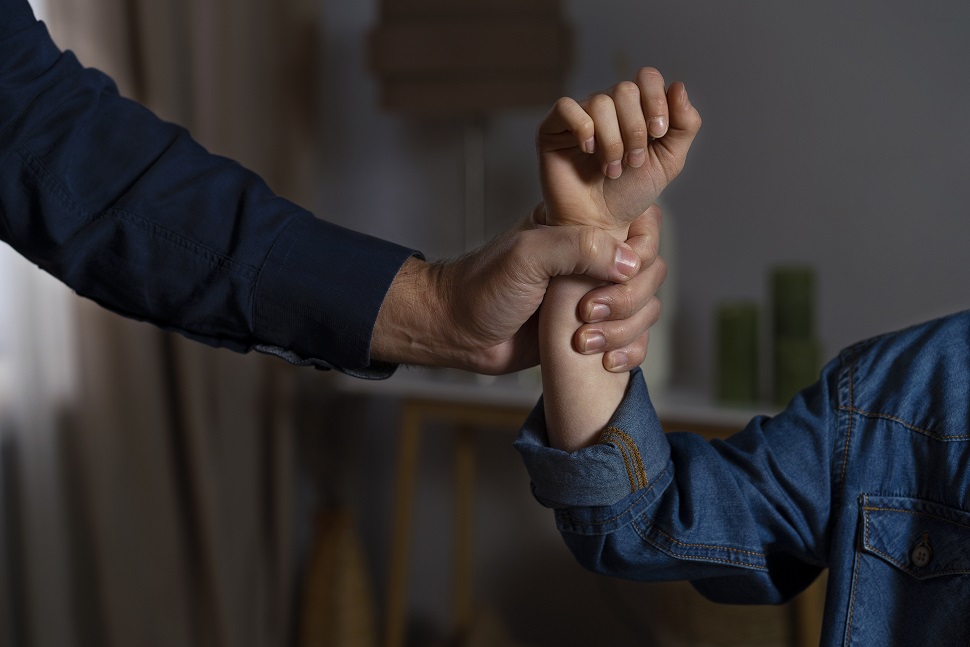All sexist violence has increased alarmingly in recent years among Spanish adolescents. Above all, gender violence, which from 2018 to 2022 increased by almost 90%; and sexual, which has experienced growth in 40% in just four years. This is reflected in the Longitudinal study on the Evolution of Violence against Women in Childhood and Adolescence in Spain, prepared by the ANAR Foundation based on more than 20,000 testimonies from minors.
Incidence of Sexist Violence among Adolescents in Spain: An Emerging Challenge
Sexist violence among adolescents is not simply a statistic, it is a phenomenon that leaves lasting emotional marks on Spanish youth. As cases increase, it becomes imperative to understand the underlying causes. Sociocultural factors, deep-rooted gender inequalities and the lack of education in healthy relationships contribute to the growing incidence of this problem.

Types of Violence: Beyond the Evident
Sexist violence takes various forms in adolescent relationships. From physical to verbal and psychological violence, each expression leaves invisible scars on victims. Controlling violence, subtle but insidious, manifests itself in the manipulation and restriction of autonomy, weaving a web of control that traps young people in toxic relationships.
Social networks, while offering global connections, have also become dangerous grounds for sexist violence. Cyberbullying and digital control are tools of abuse that transcend physical boundaries. Exploring how these platforms amplify violence provides critical insight to address the problem holistically.

IV. Strategies for Eradication: The Role of Professionals
Professionals, from educators to social workers and psychologists, play a crucial role in eradicating sexist violence among adolescents.
TO. Education in Healthy Relationships: The basis of prevention lies in education. Implementing school programs that foster respectful relationships and gender equality is essential to sowing the seeds of cultural change.
b. Identification and Early Intervention: Training professionals to recognize early signs of violence is essential. Early intervention can prevent escalation of abuse and provide vital support to victims.
c. Social Media Awareness: Education about the responsible use of social networks is key. Raising awareness among teens about the dangers of cyberbullying and digital control is a critical step in empowering youth.
d. Interinstitutional Coordination: Collaboration between educational institutions, health services and government agencies is essential to create a united front. The effective response to sexist violence requires a comprehensive strategy that covers various spheres of society.
Eradicating sexist violence among adolescents is revealed to be a complex challenge, requiring a comprehensive response. The implementation of educational programs that promote healthy relationships, early identification of signs of violence and raising awareness about the responsible use of social networks are essential foundations to build an equitable and safe society.

Interinstitutional coordination is revealed as a fundamental pillar. This interdisciplinary approach not only aims to treat the symptoms, but also to address the deep roots of sexist violence, promoting a culture of respect and equality from its genesis.
If you want to continue training in Intervention with minors, know all the details in our Postgraduate in Intervention with Minors.




